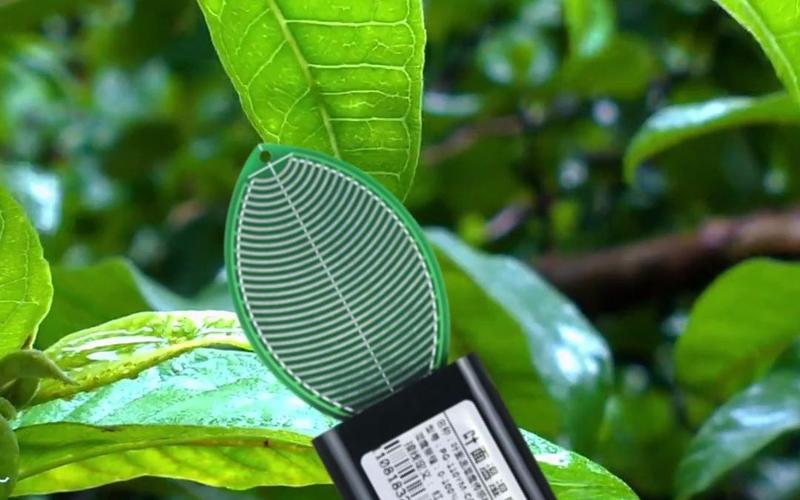Google finally released its first Pixel Watch, and Wear OS was perfected
Recently, Google released its first smart watch, Google Pixel Watch, which is considered to be the improvement of Google's ecology. This is mainly because the Pixel Watch is powered by Google's own system, Wear OS 3.5, and is compatible with Android 8.0 and higher Android phones. This makes many Android users look forward to it. Google also emphasized that the Pixel Watch integrates Fitbit's sports and health monitoring functions, which will greatly enhance the market competitiveness of the Pixel Watch.

In terms of configuration, Google Pixel Watch is equipped with Samsung Exynos 9110 processor, which is a processor launched by Samsung in 2018, using 10nm process, dual-core CPU, running frequency up to 1.15 GHz, equipped with graphics processor and multi-function positioning system.
As for why Google will use Samsung's processors, industry insiders believe that this is based on Samsung's partnership with Google. In 2021, Google announced a partnership with Samsung to jointly develop the smartwatch operating system Wear OS 3.0. Wear OS was originally Google's operating system, but after the two sides announced the cooperation, Samsung integrated its own Tizen OS system into Wear OS. This decision also directly increased Google's Wear OS market share from 3% in 2020 to 10% in 2021, ranking second only to Apple's 30%. In the future, if the Pixel Watch can win the favor of consumers, it will further expand the market share of Wear OS.
In terms of ecosystem, the cooperation with Samsung has made Google's ecology more open, and the release of Google Pixel Watch has improved Google's ecology to a certain extent. The author believes that the open ecosystem is linked to smart watches, smart phones, tablets and other smart watches other than the ecology.

In terms of smart watches, with the integration of sports and health sensors, the operating system also carries the function of more intuitively reflecting health indicators to users to a certain extent, and richer applications and dials will also become a trend. The open ecosystem helps attract the participation of other smartwatch manufacturers.
In other terminals, scenario-based linkage has become a trend, and the trend of smart watches, mobile phones and tablets using a unified operating system or adding linkage functions is clearer. A more open ecosystem will help Google open up application scenarios other than smart watches, such as smart homes, smart cars, smart glasses, etc.

In other terms of performance, the Pixel Watch has 2GB of running memory, a battery life of 24 hours, supports a 1-hour full charge of fast charging, and emergency SOS function. In terms of AI functions, Google Assistant is supported.
Strategy Analytics is optimistic about this year's smartwatch video. Although the growth of the smartwatch market slowed in the second quarter of this year, Strategy Analytics forecasts that it expects a compound annual growth rate of 10% from 2021 to 2027, and global smartwatch sales will still increase by 17% year-on-year this year. In addition to Strategy Analytics, a number of research institutions and industry insiders have expressed optimistic forecasts for the smart watch market. The vast market of smart watches will bring huge development opportunities to Google Pixel Watch.
According to Google, this smart watch will have a big breakthrough in health monitoring in terms of price, the Wi-Fi version starts at $349.99 (about 2491 yuan), and the 4G LTE Bluetooth version starts at $399.99 (about 2846 yuan). Google benchmarked the smartwatch directly against Apple's Apple Watch and Samsung Galaxy Watch. From the perspective of price, whether the Pixel Watch can stand out in the increasingly competitive smart watch market remains to be fed back by the consumer market.





